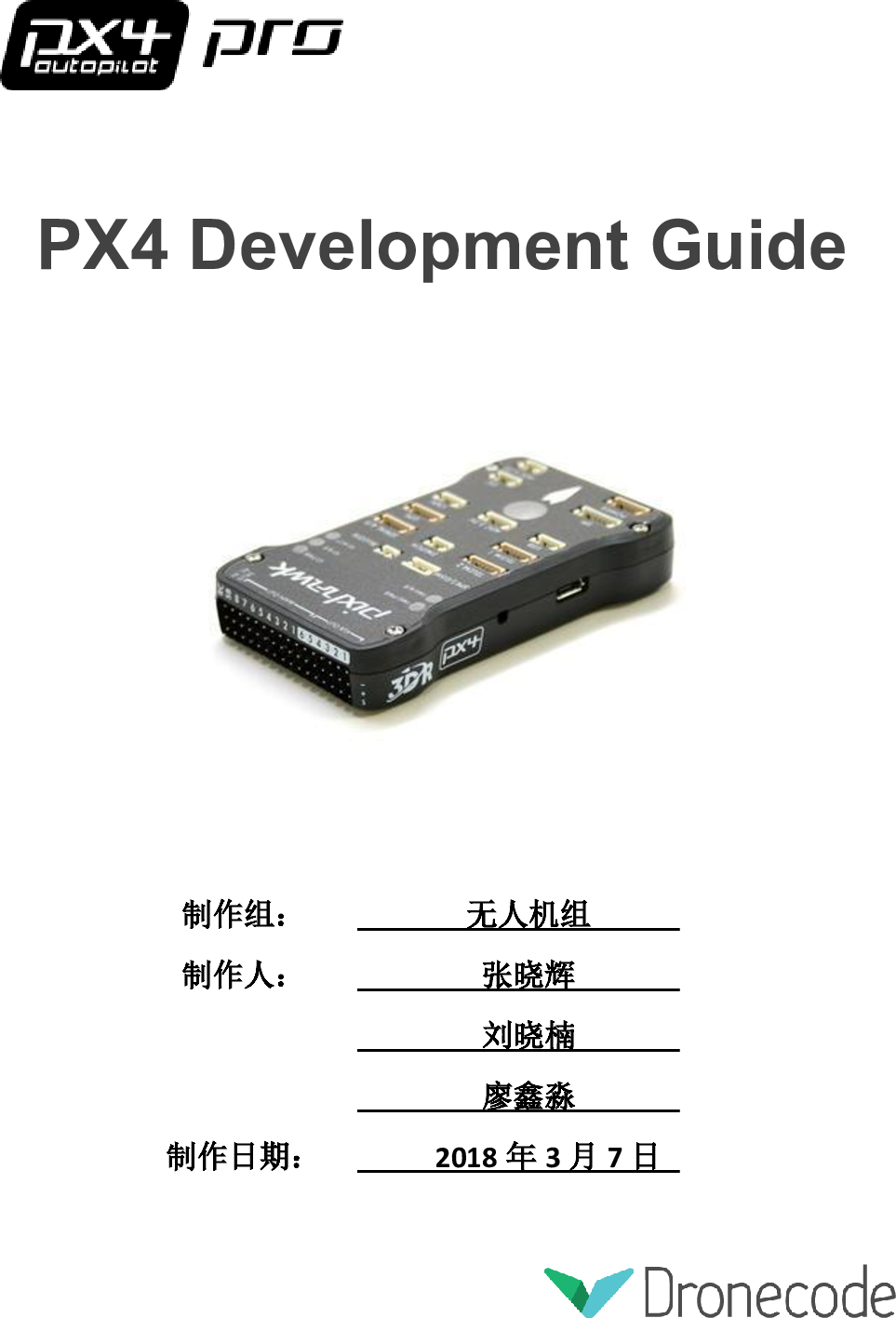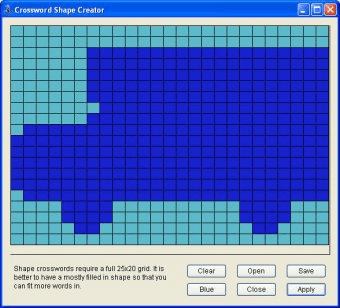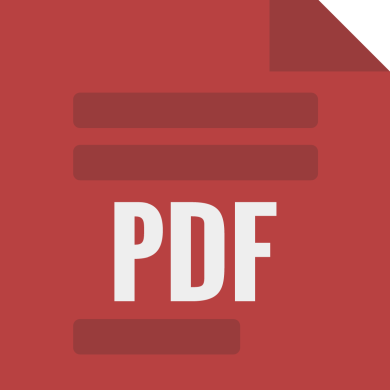
However, the user can add new words to the macOS system-wide spell checker, which uses its own lexicon. Therefore, the lexicon cannot easily be modified. The dictionary and thesaurus in Dictionary are in an XML format, but make use of precompiled binary index files to access the XML file directly. The Preferences allow a user to select from three different pronunciation schemes, either US English (Diacritical or IPA), or British English (IPA). Almost any word is clickable, except the pronunciations in phonetic characters and numerals. Clicking on any word in a definition searches for that word in the dictionary again. The application will perform an incremental search to show any matching headwords or forms and will try to bypass spelling errors. Words can be entered in the search bar by just typing the first few letters.
Adding language to built in dictionary for mac os x mac os x#
With Mac OS X 10.7 "Lion", Dictionary was updated to the Third Edition of the New Oxford American Dictionary and the British Oxford Dictionary of English was added. OPENSTEP Services provide lookup from all applications.ĭictionary was first introduced with Mac OS X v10.4 "Tiger" and provided definitions from the New Oxford American Dictionary, 2nd Edition. Luckily, if an application uses its own built-in dictionary–like Microsoft’s Office applications do–that application should have built-in options for managing its dictionary in its Preferences screen.OS X's progenitor, OPENSTEP (and NEXTSTEP) provided similar functionality, called Digital Webster, providing dictionary and thesaurus definitions from Webster's Ninth New Collegiate Dictionary and Webster's Collegiate Thesaurus (termed the "First Digital Edition"). When you’re done, click the “File” menu and select “Save.” You can then close TextEdit.Īgain, this will only work with apps that use the system-wide spell check dictionary, which most Mac applications use. Ensure any words left in the file appear on their own lines. You can delete the entire list to clear your entire dictionary, or delete specific words to remove them. To remove words from your dictionary, just delete them from the list here. If you’ve never added any custom words to your local dictionary, you’ll just see an empty file. Open it in TextEdit by Ctrl-clicking or right-clicking it, pointing to “Open With,” and selecting “TextEdit.” You’ll see a “LocalDictionary” file here. This will take you to the /Users/USERNAME/Library/Spelling folder. Click the “Go” menu and select “Go to Folder.”Įnter the following address and click the “Go” button: ~/Library/Spelling It’s located under the normally hidden Library folder, and is different for each user.

However, this information is stored in a text file you can easily edit yourself.įirst, you’ll need to find this file. Unfortunately, Mac OS X doesn’t provide a preferences pane for managing your custom dictionary. Or, you may have accidentally added words in the past and don’t remember all of them. Let’s say you accidentally added one or more misspelled words and you aren’t sure exactly what they are. If you right-click or Ctrl-click a word and don’t see “Unlearn Spelling,” visit TextEdit. You’ll need to head to TextEdit if you ever accidentally add a word to your dictionary in many other Mac applications.

However, many Mac applications, including Google Chrome, haven’t bothered implementing the “Unlearn Spelling” option. It was added to TextEdit in Mac OS X 10.7, and other applications can choose to offer this feature.

This would be more convenient if other Mac applications also provided this feature. You don’t need to save the empty document you created. Click the “Unlearn spelling” option to remove the misspelled word from your personal dictionary.Ĭlose TextEdit afterwards and click “Delete” when you’re asked to save your modified document. You can then Ctrl-click or right-click the misspelled word. Type the misspelling into TextEdit, or copy and paste it from the other application. Create a new document in TextEdit by clicking the “New Document” button.


 0 kommentar(er)
0 kommentar(er)
